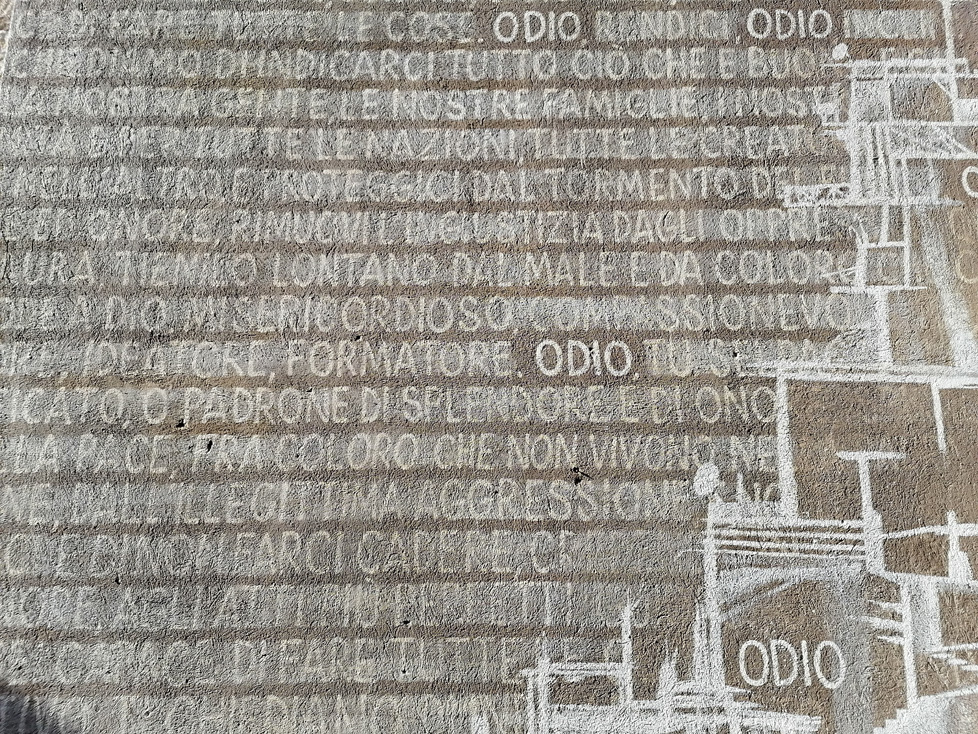L’arte rafforza l’identità di un luogo: Marte-Gaza, l’opera pittorica site specific di Mauro Magni a Viterbo
Quando l'arte contemporanea si innesta a perfezione in un tessuto urbanistico medievale si crea un potenziamento della forza evocativa di quel paesaggio.













